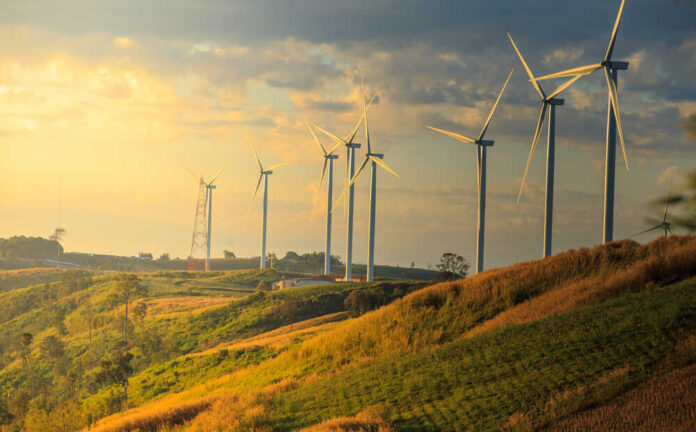
In the pursuit of renewable energy solutions, offshore wind farms have emerged as a politically popular option. However, concerns have been raised about their potential impact on marine wildlife, particularly due to the high voltage direct current (HVDC) power cables some farms utilize.
Recently, a study by the Norwegian Institute of Marine Research has found that the magnetic fields emitted by HVDC power cables can hinder the ability of haddock larvae to navigate. This impaired navigation can expose the fish to predators, threatening their survival. These findings have caught the attention of the New England Fishery Management Council (NEFMC), responsible for managing fisheries in the oceans of New England.
Government official admits wind farm high voltage cables hurt fish.
So green.https://t.co/w8SXxvEGPu via @dailycaller
— Steve Milloy (@JunkScience) March 27, 2023
Offshore wind farms typically use high-voltage alternating current (HVAC) or HVDC cables to transport power back to shore. While HVAC is preferred for projects within about 30 miles of shore, HVDC is favored for long-range projects. The implications of this research raise questions about the potential impact of HVDC cables on other marine species, particularly in the Gulf of Maine, where cod and haddock share similarities and spawn in the same area.
Captain Jerry Leeman, who leads the fishing vessel Teresa Marie IV, shared the study with Thomas Nies, executive director of the NEFMC, expressing concerns about the effects of HVDC cabling on larval behavior and predation rates. Nies acknowledged the issue, stating that although most projects off the Atlantic coast plan to use alternative current transmission cables, the type of cables to be used in the Gulf of Maine remains to be determined.
The NEFMC, however, does not have a formal role in offshore wind permitting or regulation. Its primary focus is on careful cable routing, burial, and appropriate monitoring and communication. The council’s Submarine Cables Policy manages the cables transporting offshore wind power to land. It encourages early consultation with federal and state agencies to ensure that New England cable projects are constructed sustainably. Although there is no explicit mention of high-voltage cables in the policy, it does advise against placing lines in sensitive and essential fish habitats, such as spawning grounds.
Nies clarified that the NEFMC had not taken a position on the relative environmental effects of HVAC and HVDC cables, emphasizing that their policy focuses primarily on cable routing and burial.
In 2021, around 16 million pounds of haddock, valued at approximately $20 million, were fished commercially in the U.S. Offshore wind projects have recently faced scrutiny from environmental activists following unexplained deaths of whales and dolphins on the east coast. The Biden administration announced plans in late February to accelerate federal investments in offshore wind projects, even as New Jersey environmentalists criticized the administration for not investigating offshore wind as a potential cause of these unexplained marine deaths.












